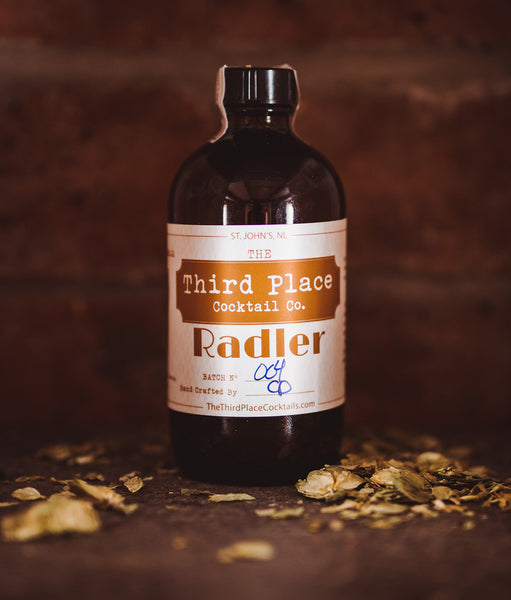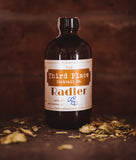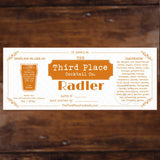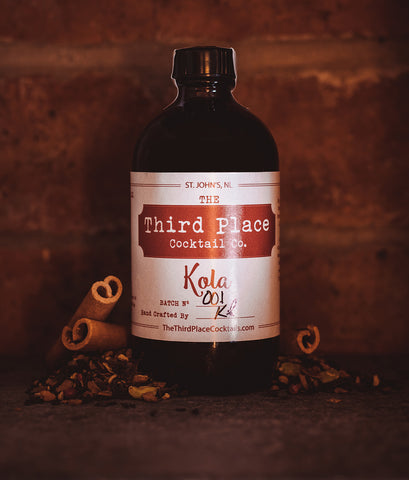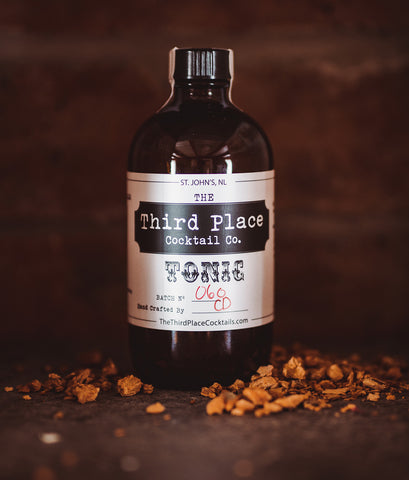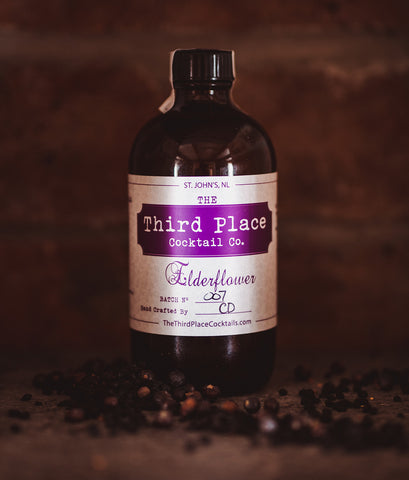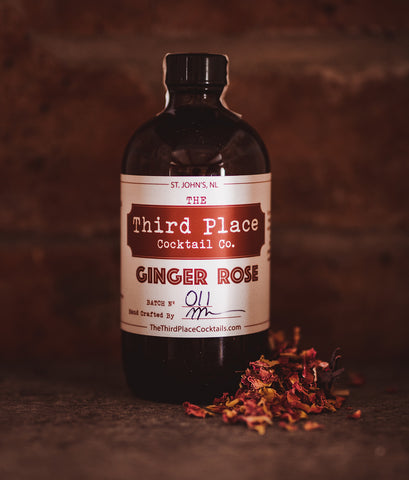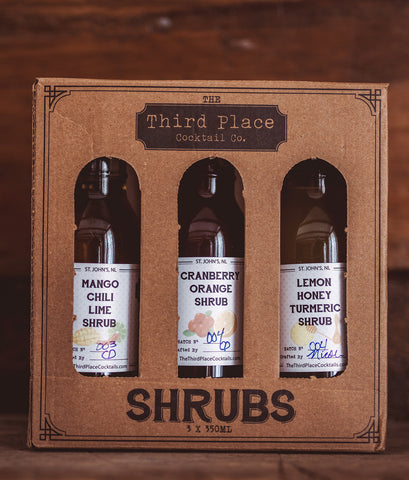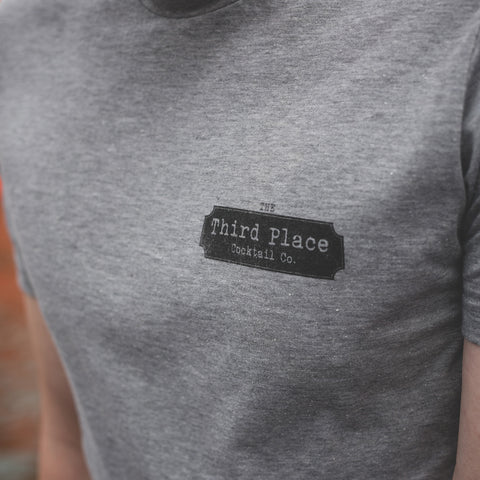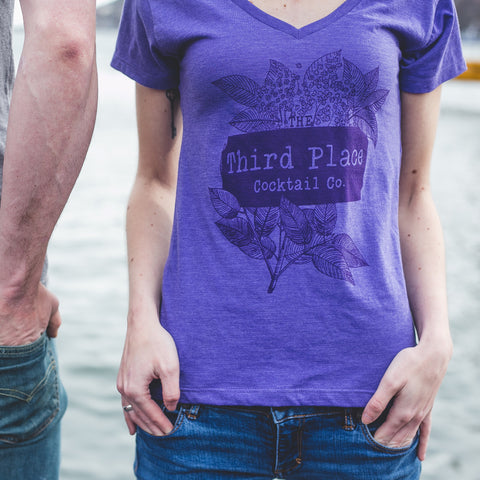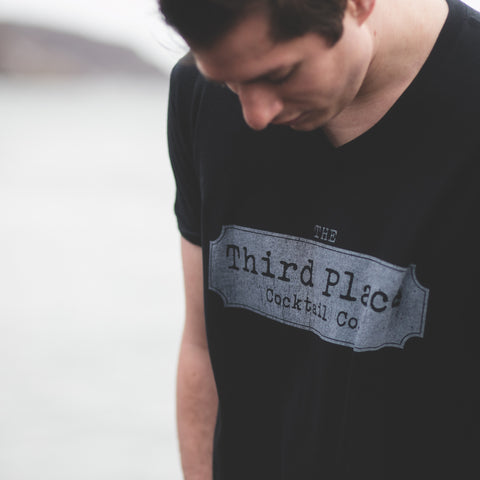Radler
Previous NextIn the dog days of summer, 1922, an industrious, Munich innkeeper ran into a little problem: thirsty cyclists, or radler, were consuming his stock of beer at an alarming rate while his homemade lemonade just wasn’t selling at all. At a risk of...
In the dog days of summer, 1922, an industrious, Munich innkeeper ran into a little problem: thirsty cyclists, or radler, were consuming his stock of beer at an alarming rate while his homemade lemonade just wasn’t selling at all. At a risk of running out of beer (and losing patrons to another inn) Franz Xaver Kugler mixed the lemonade with his remaining beer and named the concoction after his beloved patrons – the Radler!
Although Mr. Kugler can be credited with the invent of this variant, the mixing of beer and soft drink goes back nearly 100 years before the thirsty cyclists congregated at that Munich Inn.
In the mid 1800’s, before political pressure from the colonies forced the Navy to switch a soldier’s tot (or alcoholic ration) to Caribbean rum, members of the British forces stationed at home could expect to receive a gallon of beer for their efforts. Sailors looking to stretch their ration of beer would mix fifty-fifty with ginger ale or ginger beer to make a Shandygaff. The term “Gaff” being derived from “Ginger” and “Half”. The Shandy was born.
In the years that followed, a Shandy became the overarching term for mixing soft drink, ginger beer or fruit juice with pale beers such as pilsner or lager into a refreshing, summer beverage. Across Europe, the variants just kept on coming: Kolsch and cola became known as a Drecksack while the Diesel was used more generically or when lagers were mixed with cola in Germany. In French-speaking Europe, a Panache was used to describe a lager mixed with lemonade. While in the UK, if you wanted mostly beer with just a little lemonade, you’d order a Lager Top.
But the name Radler stayed true to its origin – describing the mixing of a pale beer with a citrus forward beverage.
It’s in this tradition that we bring you our very own Radler. A complex and citrus heavy concentrate that allows you to go back to a time when a radler didn’t come in a can, but came about when a quality beer was enhanced by the addition of refreshing citrus flavour. Using fresh citrus zest and juice, as well as a host of other ingredients that add citrus complexity and work well with a good brew, we’ve created a product that turns any bottled lager, pilsner or pale ale into a delicious Radler that is sure to quench the thirst on any hot summer day.
8oz/237ml
Mixing Instructions:
Add 1 oz of The Third Place Cocktail Co., Radler to a bottle of favourite Lager, Pilsner or Light Ale in a pint glass over ice. Stir to combine.
Ingredients
Quinine (Cinchona Bark)
Native to Peru and Bolivia, and used medicinally for centuries by native South Americans, Quinine is derived from the bark of the Cinchona tree. British colonialists, stationed in India, can be credited with inventing the classic gin and tonic when they mixed spirits with their daily rations of Cinchona bark to fight malaria and lime to fight scurvy – the same colonialists who created the Shandy by stretching out their beer ration with the addition of ginger beer.
Citrus
The Radler presented a wonderful opportunity to use not only more volume and variety of citrus in one of The Third Place Cocktail Co., products, but also to use the whole fruit. While products like the original Tonic and Elderflower include just the zest of the fruit, the Radler includes the zest and juice of four different fruits, bringing a far greater and more developed citrus profile.
Lemongrass
Like Cinchona bark, lemongrass has a long history of use as a medicinal ingredient. Indigenous Australians used lemongrass to treat skin irritations and wounds, and in parts of the Caribbean, native islanders used it to make “fever tea” for the treatment of stomach ailments and headaches.
Lemongrass further develops the refreshing profile of our Radler with notes of mint and ginger and you’re nose is sure to pick up its delicate, floral fragrance and fresh, grassy aroma.
Lemon Verbena
Native to Chile, Peru and Argentina, but brought to England in the 1700’s, Lemon Verbena is a herb that acts as a wonderful stand-in for lemon zest in the preparation of everything from sweetened drinks to seafood soups and ice cream to grilled meats.
There is, however, more to lemon verbena than just lemon flavor -the herb is seductively floral as well - making it a useful ingredient in the manufacture of perfume and toilet waters.
Winter Green Leaves
Winter green (both the leaves and berries) have a long history in North America as a medicinal ingredient. Native Americans would brew the leaves into a tea and prescribe it for the treatment of aches and pains of all sorts. And for good reason: aspirin and winter green share a primary metabolite making the herb a wonderful natural solution for pain relief.
Winter green is just pure mint flavor and is a wonderful companion for the heavy citrus profile of our Radler.
Orange Blossoms
Orange blossoms are, as the name simply implies, the flowers from bitter orange trees. Their flavor, however, is surprising mild and pleasantly bitter – like eating the rind of an orange or tangerine but with a wonderful floral accent. Their aroma, on the other hand, is more forward and bold. Like rosewater, orange blossom water (simply water distilled with the essence of orange blossoms) was a common perfume in the imperial houses of Persia.
Fenugreek Seed
Known as methi in Indian cuisine, the fenugreek plant is harvested for both its soft, tender leaves and its small, hard seeds. Here, we’ve used only the seeds and by allowing them to steep in the bitter , we open up the seeds and release an incredibly complex and wonderful flavor. Both tangy and bitter (think celery, licorice, fennel or anise) as well as sweet (like maple syrup or burnt sugar).
Sencha
The most common variety of green tea in Japan, Sencha, differs from its Chinese counterparts (such as the Bi Lo Chun used in our original Tonic) in both the production method and the resulting flavor of the tea leaves. Unlike Chinese tea (where the leaves are pan-fired) Sencha is very briefly steamed before being rolled and dried. This step helps to further develop the vegetal and grassy aromas as well as impart a slightly bitterer flavor.
Hop Flowers
If it hasn’t become clear already, we love bitterness. We love old style cocktails that taste the way they did when they were invented (alcohol forward, bitter) and modern cocktails that honour the tradition and history of cocktail culture. We also love beer and the same theories apply: they should be complex and full of character and, of course, bitter. In fact, the greater the IBU (international bitterness unit) measurement, the better chance that we’ll love it!
Although many of the ingredients in our Radler are to one degree or another, bitter, we felt the best way to tie the bitterness in the Radler to the bitterness in your favorite pilsner, lager or ale was to add the ingredient responsible for most of the bitter flavor in beer: hop flowers. But hop flowers are also complex. They add citrus notes, and a tangy, floral aroma.
Shipping
The Third Place Cocktail Co. makes all of its products on a magically little island in the north Atlantic called Newfoundland. We love it here but sometimes it takes a little while longer for things to get to and from this little place so please be patient. We are committed to not making money on shipping costs so here is what we have decided to do. We will charge a flat rate shipping of $15 dollars on orders of up to 4 bottles shipping within Canada. Orders of more than that and orders outside Canada will be charged based on what the actual shipping costs are.


